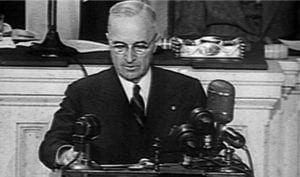
The Truman Doctrine was an American foreign policy whose stated purpose was to counter Soviet geopolitical expansion during the Cold War. It was announced to Congress by President Harry S. Truman on March 12, 1947, and further developed on July 4, 1948, when he pledged to contain threats in Greece…
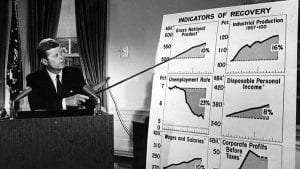
John Fitzgerald Kennedy (May 29, 1917 – November 22, 1963), often referred to by the initials JFK and Jack, was an American politician who served as the 35th president of the United States from January 1961 until his assassination in November 1963. Kennedy served at the height of the Cold…
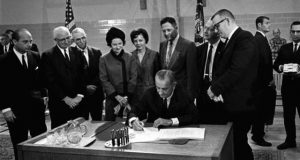
The Elementary and Secondary Education Act was passed by the 89th United States Congress and signed into law by President Lyndon B. Johnson on April 11, 1965. Part of Johnson's "War on Poverty," the act has been the most far-reaching federal legislation affecting education ever passed by the United States…
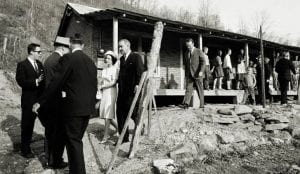
The War on Poverty is the unofficial name for legislation first introduced by United States President Lyndon B. Johnson during his State of the Union address on Wednesday, January 8, 1964. This legislation was proposed by Johnson in response to a national poverty rate of around nineteen percent. The speech…
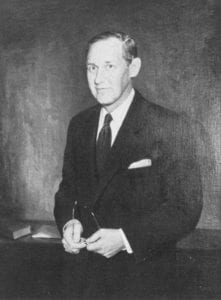
Harry Lloyd Hopkins (August 17, 1890 – January 29, 1946) was an American social worker, the 8th Secretary of Commerce, and President Franklin Delano Roosevelt's closest advisor on foreign policy during World War II. He was one of the architects of the New Deal, especially the relief programs of the…
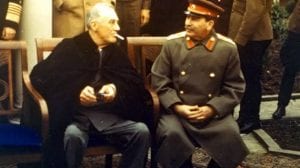
The Yalta Conference was a Feb. 1945 meeting between the heads of the USSR, Britain, and the United States, to discuss the post-World War Two order of Germany and Europea. The conference was held in the Crimea. But in an age of primitive air travel and the difficulty of trans-continental…
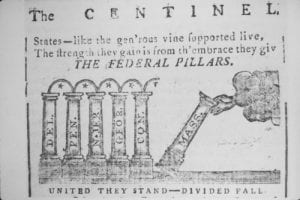
This article summarizes the ratification of the Constitution. When several individuals began calling for a stronger central government in 1787, John Carroll jumped on board. He was elected as a delegate to the Philadelphia Convention but refused to attend because he wanted to keep an eye on the government in…
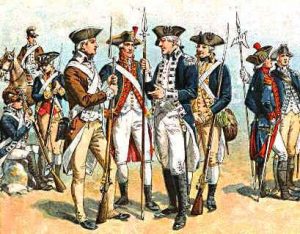
John Dickinson's Involvement in the Revolutionary War was significant. Dickinson continued his political career as a pamphleteer, and in the process, became the “Penman of the Revolution,” and the most recognized spokesman for colonial grievances against the crown. In 1765, he published The Late Regulations Respecting the British Colonies . .…
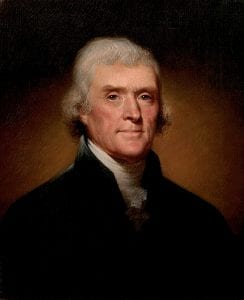
Jefferson began his career as a diplomat in 1784 when he helped negotiate a trade agreement with Prussia; from 1785 to 1789 he was the United States ambassador to France; and from 1789 until his resignation in 1793, he was secretary of state. Jefferson was something of a Francophile; he…
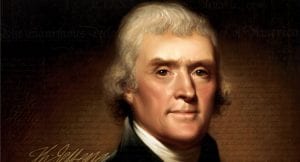
George Washington Presidency Timeline. Retirement and vice president Because he was increasingly at odds with Hamilton and Hamilton’s growing influence over Washington, Jefferson resigned as Secretary of State in 1793. At fifty-one (the same age as Washington when he “retired” in1783), Jefferson believed he was leaving public service for good.…















